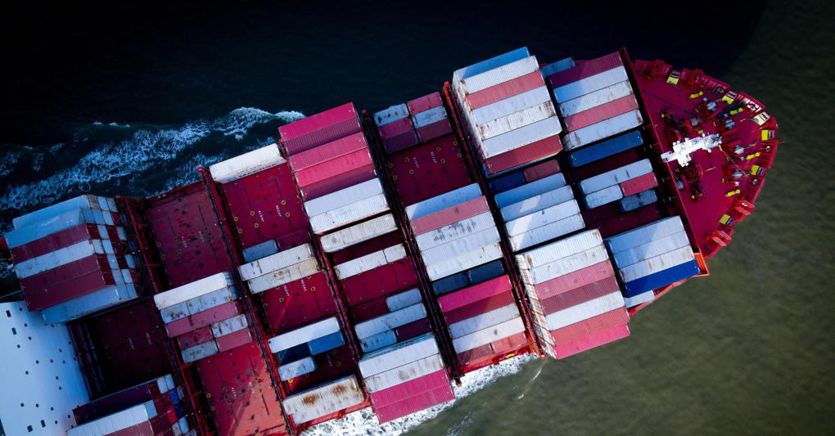On the one hand, the slowdown of the German and Chinese locomotives, but also of the United Kingdom. On the other hand, the tensions on international markets due to the two wars in Ukraine and the Middle East. With the corollary of traffic in the Red Sea made more difficult and expensive due to the attacks on the ships of the Houthi rebels in Yemen (transport costs from Shanghai to Civitavecchia have quadrupled, going from 1,500 to 6,000 euros per container, in a journey that 45 days on average ended up lasting over 60). Then there is the end of the Covid emergency, which in some areas has caused a reduction in the production and sale of medicines. Foreign trade in the regions of Central Italy is starting to show the first signs of creaking, based on data released by Istat on the fourth quarter of 2023, with a drop of 4.8% compared to the same period of 2022. A contraction that reaches -5 .2% if we consider the countries of Asia, Africa and Oceania whose goods mostly pass through the Red Sea.
But not all territories are affected in the same way. The most affected provinces, with double-digit drops in trade (value in euros of the sum of imports and exports) compared to the same period in 2022, are: Ascoli Piceno (-64.2%), Pistoia (- 26.7%), Arezzo (-18.2%), Pisa (-15.7%), Ravenna (-15.6), Rome (-14.7%), Lucca (-12.7%) and Pesaro Urbino (-12.5%). However, there are areas that have continued to grow, even with consistent performances: Rieti (+103.2%), Pescara (+53.9%), Prato (+32.7%), Viterbo (+28.3% ) Siena (+22.1%), Latina (+17.9%) and L’Aquila (+13.7%).
In general, the economic difficulty of Germany, the main commercial partner for both imports and exports, had a profound impact on the performance of the regions of Central Italy (Emilia-Romagna, Tuscany, Lazio, Marche, Umbria and Abruzzo). : trade fell by 7.2% (-10.9% imports and -3.1% exports). But a significant contraction was also recorded for China (-6.6%) and the United Kingdom (-11.3%).
A trend that especially caused Ascoli Piceno’s trade to plummet, which saw trade with China register a -78%, while Germany recorded a -72% and the United Kingdom a -64%. The decline in pharmaceuticals, which is affected by the effects of the end of the Covid emergency which affected the Pfizer site, weighs heavily: -71%. But not even the chemical sector (-67.2%) and clothing (-11.6%) are saved.
In Pistoia, the collapse in exports of textile products (-18.6%) weighed heavily, but in general all foreign sales recorded a contraction, on average by 41.9%. Where, however, the impact here was the nosedive (-83.5%) in trade with Spain. In a large market like that of Rome, various factors have affected the contraction: on the one hand, the decreasing cost of oil has caused the value of the exchange of refined products to fall by 29%. Then there is -31.6% for telecommunications and -69.9% for aerospace. But medicines also fell (-29.9%). However, in the region the performance of the pharmaceutical sector had contrasting trends: in Latina, a hub traditionally devoted to exports, the sector recorded a +14.9% in sales abroad, dragging the trade figure upwards (+ 17.9%). Even more striking is the case of Rieti, a province with much lower trade, for which the investments of the pharmaceutical multinational Takeda have caused the territory’s foreign trade to skyrocket to +103.2%.






+ There are no comments
Add yours